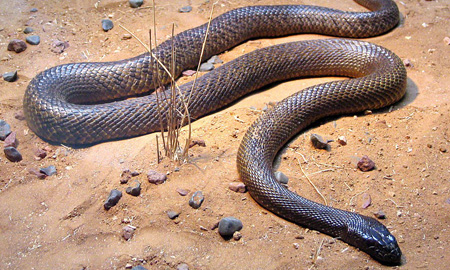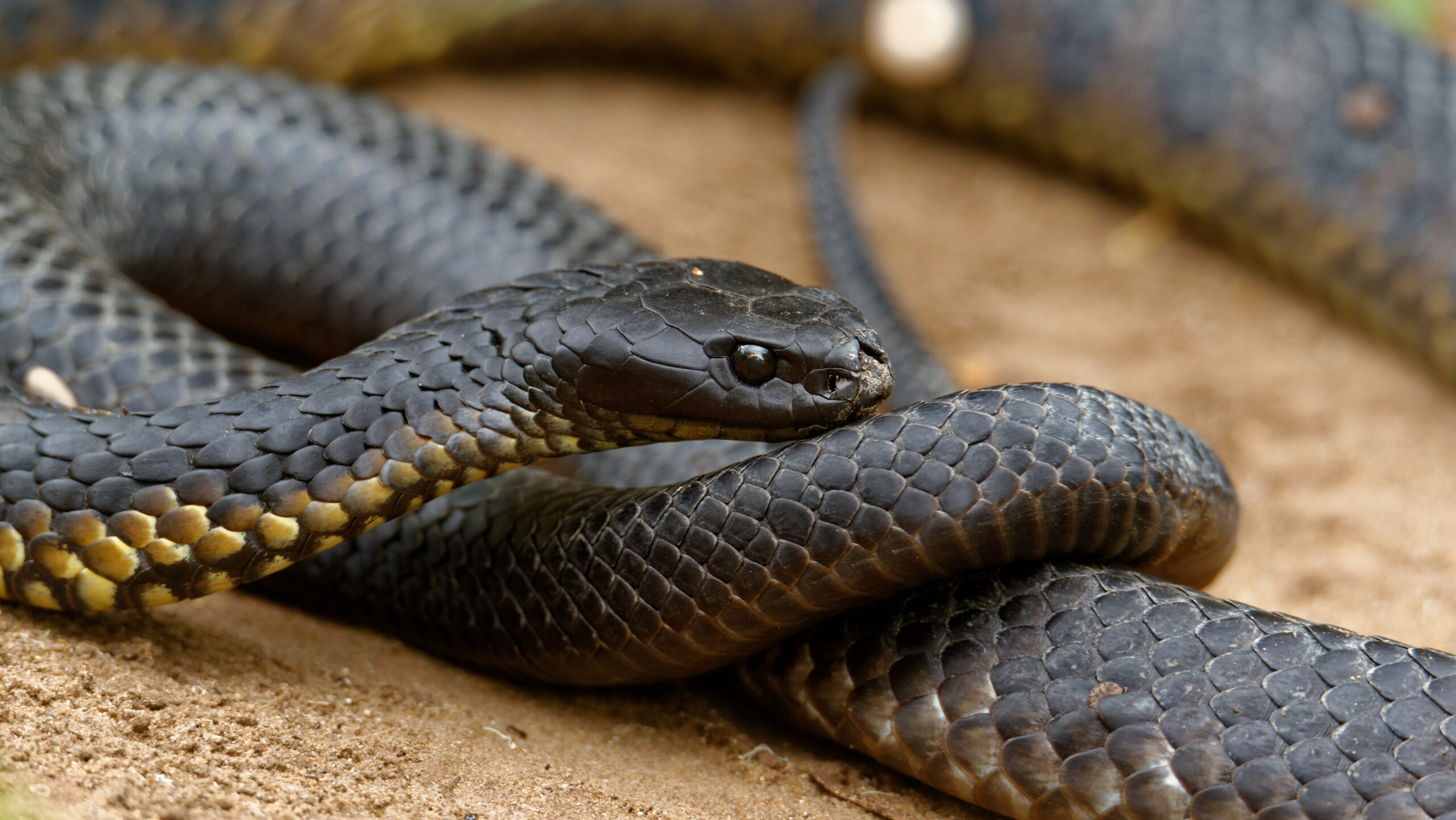Introduction
Tiger serpents (Notechis scutatus) are among the most remarkable yet feared reptiles discovered in Australia. With their striking appearance and potent poison, these snakes evoke a mix of admiration and care. Observing tiger snakes in their natural environment can be an electrifying experience for nature lovers, wild animals digital photographers, and researchers alike. However, it's essential to approach this venture with regard for the animal's habitat and an understanding of safety measures to stop serpent bites.
In this detailed guide, we'll explore exactly how to safely observe tiger serpents in their natural habitat. We will cover topics ranging from recognizing their behavior and environments to first aid for snake bites-- equipping you with expertise to improve your experience while decreasing risks.
What is a Tiger Snake?
Tiger snakes are extremely poisonous snakes belonging to Australia, especially Tasmania and coastal regions. They are understood for their distinctive grouped pigmentation appearing like a tiger's red stripes, which can vary from yellowish-brown to dark brown or even black.


Physical Characteristics
Tiger snakes are medium to large-sized serpents that can grow up to 2 meters long. Their bodies are durable, and they have a broad head that is noticeably bigger than their necks.
Habitat Preferences of Tiger Snakes
These reptiles generally occupy wetlands, estuaries, and seaside regions but can additionally be located near freshwater sources like rivers and lakes. Understanding where these snakes live is essential for any individual wanting to observe them safely.
Understanding Tiger Snake Behavior
Are Tiger Snakes Venomous?
Yes, tiger snakes are amongst one of the most poisonous serpent varieties around the world. Their poison has neurotoxins that can lead to major medical complications if bitten.
Behavioral Traits
Tiger snakes are normally timid animals; they prefer to avoid human interaction. Nevertheless, they can come to be aggressive if threatened or collared.

Where Can You Find Tiger Snakes?
Tiger Serpent Habitat Exploration
To securely observe tiger snakes in keelback their natural environment, it's necessary initially to identify where they grow. They tend to prefer:
- Coastal marshlands Mangroves Swamps Riverbanks
Best Locations for Observation
Some suggested places include:
- Tasmanian wetlands The shorelines of southern Australia National parks with water bodies
Safety Precautions Before Observing Tiger Snakes
Understanding the Threats of a Tiger Serpent Bite
Although experiences with tiger serpents can be exhilarating, understanding the dangers included is critical:
Recognize signs of a serpent bite: swelling at the site, discomfort emitting from the bite area. Know emergency situation calls: Familiarize yourself with neighborhood emergency services. Carry a first-aid package especially equipped for serpent bites.First Help for Serpent Bites: What You Need to Know
Knowing what actions to take if bitten could save your life or another person's:
- Stay calmness; activity enhances venom spread. Call for clinical aid immediately. Do not apply ice or attempt suctioning.
How to Securely Observe Tiger Snakes in Their All-natural Habitat
When you choose to observe tiger snakes in the wild:
Dress Appropriately: Put on long pants and strong boots. Use Binoculars: Keep a secure range while observing these reptiles. Avoid Sudden Movements: Quick activities may surprise them. Stay on Established Trails: Stay clear of wandering right into thick underbrush where presence is low.Equipment Needed for Observation
Essential Gear Checklist
- Binoculars First-aid package particularly created for snake bites Field guidebook on Australian reptiles Camera (with zoom ability)
Snake Bite First Aid Package Essentials
A well-equipped first aid package should include:|Thing|Function|| -------------------------------|-------------------------------|| Compression plaster|To incapacitate the damaged location|| Antihistamines|For allergies|| Emergency contact numbers|Quick gain access to during emergencies|
Interpreting Tiger Snake Signals
Understanding just how tiger snakes interact through body language helps viewers gauge when it's risk-free or harmful:
Common Behaviors
Defensive pose: If curled or elevated off the ground. Retreating habits: When they gradually pull back from potential threats.Dealing With Prospective Encounters
Even with safety measures taken, an experience might still happen during your observation trip:
Remain calm; panicking just increases risks. Slowly retreat without transforming your back on the snake. Make your existence recognized vocally however stay clear of abrupt movements.Frequently Asked Inquiries Regarding Tiger Snakes
1. What must I do if I see a tiger snake?
Remain tranquility; observe from a range without troubling it.
2. Are infant tiger snakes dangerous?
Yes, juvenile tiger snakes are birthed venomous and may position risks similar to adults despite being Tourniquet Use smaller.
3. Just how common are tiger serpent bites?
While incidents occur every year in Australia, fatalities are unusual because of timely treatment availability.
4. Can I keep a tiger serpent as a pet?
Keeping wild tiger serpents as animals is unlawful in lots of regions due to preservation laws.
5. What does a tiger snake attack appearance like?
Bite marks usually show two puncture wounds together with localized swelling and discoloration.
6. How efficient is antivenom?
Antivenom treatment is extremely reliable when provided prompt after a bite.
Snake IdentificationConclusion
Observing tiger snakes in their all-natural environment provides an exciting chance for wild animals fans but should be come close to with care and respect for both the creature and its setting. By arming yourself with expertise about these remarkable reptiles-- including comprehending their habits and precaution-- you can appreciate memorable experiences while dramatically minimizing risks associated with encounters.
In recap, always focus on safety and security by preparing properly before starting any type of wildlife observation exploration-- especially when handling some of nature's most venomous creatures like the tiger snake!